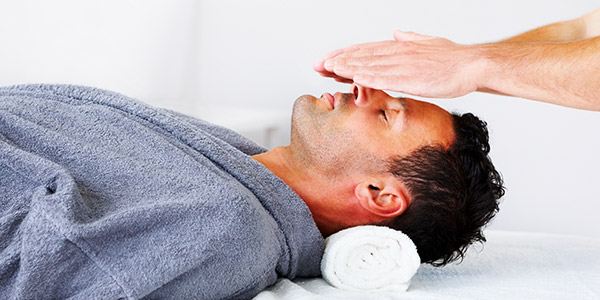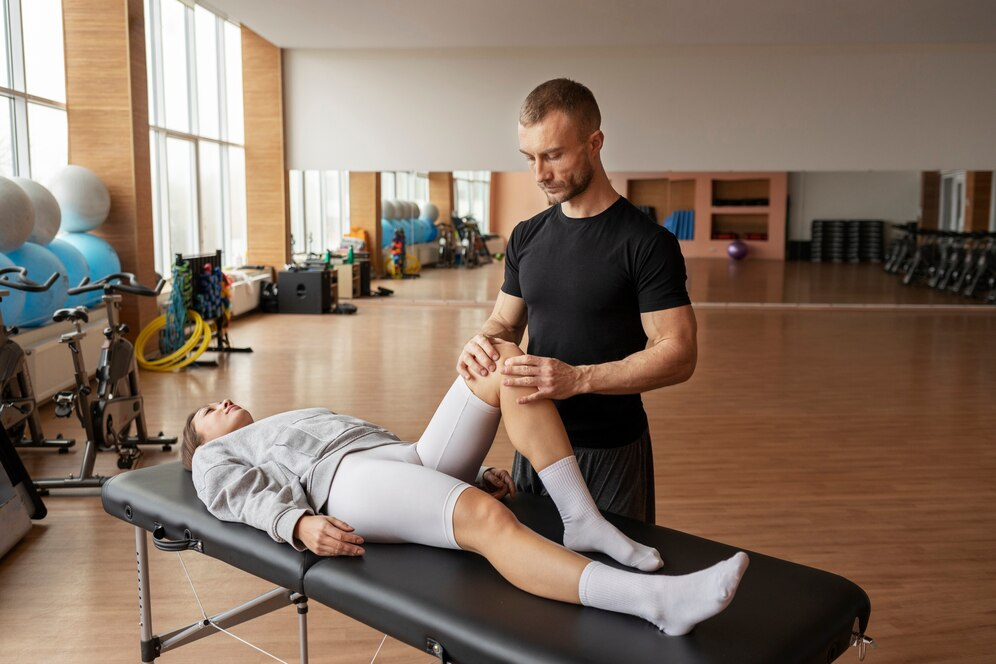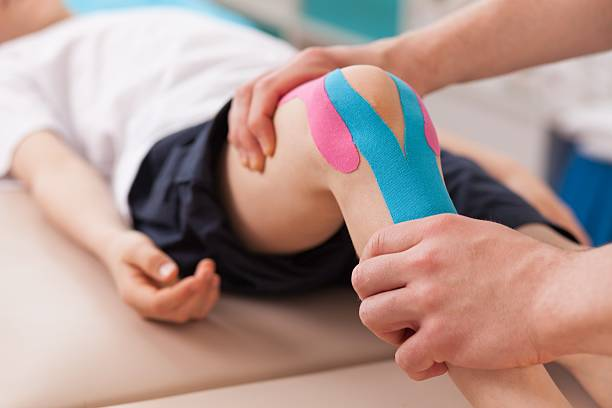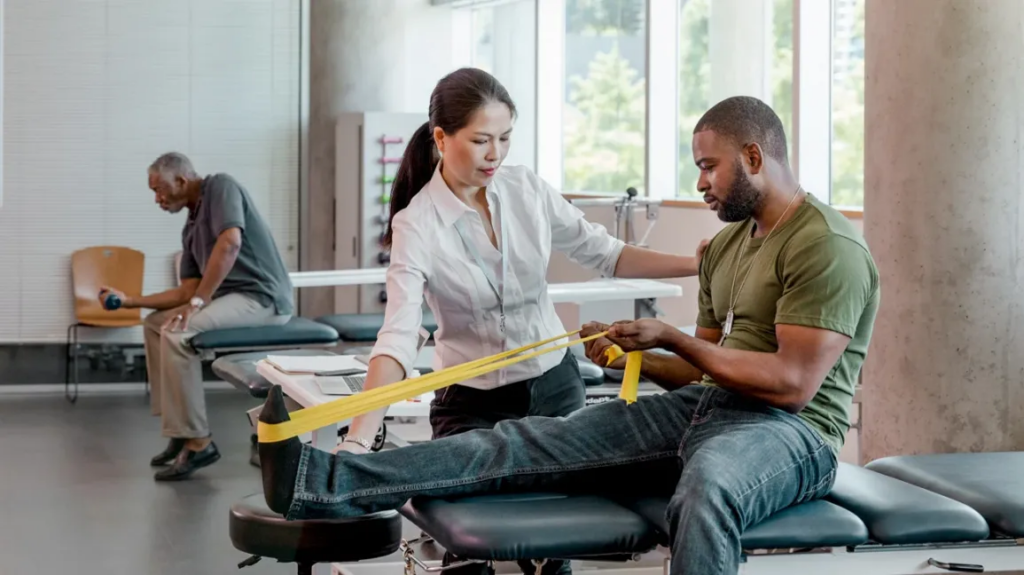Energy Specialist Career: Key Traits & Insights
The general aim of this alternative therapy is to balance the body’s energy for overall health. Energy specialists differ from reiki practitioners or acupuncture therapists in that they practice various methods that harmonize the energy fields. The present trend towards holistic health has resulted in a high demand for energy workers in society today. What skills are essential for a career as a holistic energy specialist? Essential skills for a holistic energy specialist include empathy, intuition, and communication to understand clients’ needs. Knowledge of energy healing techniques, such as Reiki, is crucial. Strong problem-solving skills help address clients’ concerns. Continuous learning in holistic health practices ensures expertise in various energy modalities. A holistic energy specialist should be well-versed in different modalities of energy healing and knowledgeable about chakra systems, meridian theories, and other alternative therapies such as acupressure. Intuition will be needed to feel a strong energy blockage. Communication skills are required to explain complicated concepts to clients. It enables clients to build trust and rapport, hence being able to open up to the energy specialist about their emotional and physical challenges. Moreover, an energy specialist has to be open to continuous education by attending workshops and participating in peer discussions to keep them updated with the trends in holistic health. How can energy specialists contribute to holistic healthcare? Energy specialists enhance holistic healthcare by promoting balance and well-being through energy healing techniques. They integrate physical, emotional, and spiritual aspects to support healing. Collaboration with healthcare professionals can complement traditional treatments, fostering a comprehensive approach to patient care. Clients benefit from personalized healing plans. Energy specialists, with a focus on the flow and balance of energy, help clients lower levels of stress, reduce pain, and promote health in general. Energy specialists often work hand in hand with doctors, nutritionists, and therapists to create a multidisciplinary approach to healing. In this respect, the interplay of such a working relationship ensures that every level of the patient’s being is addressed. On this basis, energy specialists can thus work with patients to attain a holistic sense of well-being by addressing the physical symptoms, as well as emotional and spiritual imbalances. Such an integrative approach offers the potential for promoting recoveries, prevention of illnesses, and increasing quality of life for countable individuals. What is the career outlook for energy specialists in holistic care? The career outlook for energy specialists in holistic care is positive due to increasing interest in alternative therapies. Demand grows as people seek natural wellness solutions. Opportunities exist in private practices, wellness centers, and healthcare facilities. Continuous education and certification can enhance career prospects and credibility, Growing awareness and acceptance of alternative therapies as viable health options increased the demand for holistic practitioners tremendously. With increasing numbers of people turning toward natural and preventive measures for health, so is the importance of an energy specialist in ensuring wellness. Employment opportunities vary from setting up a private practice to working with already established wellness centers and clinics. Those who undergo advanced training and certifications are more likely to stand out and attract a broad clientele base. Holistic health is only gaining mainstream recognition, so energy specialists can look forward to a very fulfilling and broadening career landscape. What are the educational requirements for becoming an energy specialist? Becoming an energy specialist requires certification in energy healing techniques like Reiki, Healing Touch, or Qi Gong. Training programs provide foundational knowledge and practical experience. Continuing education helps specialists stay updated with emerging practices, ensuring they deliver effective and safe treatments for clients. Though formal education in conventional fields isn’t required, some certifications in the modalities used in healing set credibility and assure good practice. Anatomy and physiology will probably be covered, along with healing methodologies of various kinds, in order to put practitioners into a more holistic view of the body. Practical workshops or hands-on training sessions are needed. Many energy specialists find workshops and lectures helpful for learning new techniques and theories. The continuous learning approach helps all energy specialists fine-tune their expertise and always be updated on the evolving field of Holistic Health. What role does empathy play in an energy specialist’s career? Empathy is vital for energy specialists, enabling them to connect deeply with clients and understand their needs. It facilitates trust and openness, enhancing the effectiveness of treatments. Empathetic practitioners can better tailor energy healing sessions, leading to improved client outcomes and satisfaction in holistic care. Practitioners who can genuinely empathize with the experiences of their clients are better placed to create a safe and comforting environment. Empathy can enable specialists to commence recognition of very slight emotional pointers or energy shifts, which can totally redefine the course of treatment. Specialists should be able to acknowledge feelings and experiences so that they can tailor healing strategies that are key to each particular situation. Empathy plays a huge part in establishing a long-term relationship with the client and ensures open communication between them to have respect for each other. Therefore, the clients are likely to participate fully in their healing process and achieve good results. How do energy specialists integrate traditional and holistic practices? Energy specialists integrate traditional and holistic practices by collaborating with healthcare providers to complement conventional treatments. They use energy healing to support physical and emotional well-being, enhancing recovery. Understanding medical principles allows specialists to align holistic approaches with clients’ existing healthcare plans effectively. They would thus work together on most occasions with doctors, therapists, and nutritionists in designing a holistic treatment plan that addresses the mind, body, and spirit. For example, an energy specialist can relieve some of the stress and pain a patient going into surgery may be experiencing with techniques like Reiki or acupuncture, therefore promoting better recovery times and limiting anxiety. Having some knowledge of medical terminology and treatment protocols allows energy specialists to ensure that their practices will not conflict with traditional care but support and enhance total wellness. This integration allows for personalized care while maintaining the identity of each client











